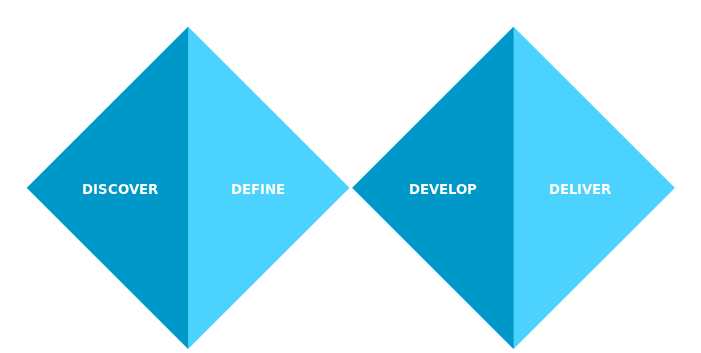Startup Accelerator
Methodology
Design Sprints, Lean Startup, and Growth Hacking are powerful methodologies that drive innovation and success. Design Sprints accelerate idea validation through a structured, time-bound process. Lean Startup fosters continuous improvement by testing assumptions, while Growth Hacking employs creative strategies for rapid and efficient business expansion. Together, these approaches empower entrepreneurs to iterate quickly, learn from real-world experiences, and scale their ventures with ingenuity.
Design Sprints
A Design Sprint is a time-constrained, structured process used by teams to tackle challenges, solve problems, and develop innovative solutions. It was popularized by Jake Knapp at Google Ventures and has since become a widely adopted methodology in the fields of product development, design, and innovation.

The Design Sprint process consists of distinct phases:
Understanding: Define the problem, explore user insights, and gather relevant information.
Divergence: Generate a wide range of ideas through brainstorming sessions and individual contributions.
Convergence: Evaluate and select the most promising ideas to develop into a viable solution.
Prototype: Build a realistic prototype that represents the chosen solution. This can be a physical or digital prototype, depending on the nature of the problem.
Testing: Gather feedback by testing the prototype with real users. This step helps validate assumptions and refine the solution.
Overall, Design Sprints are an effective way to kickstart innovation, solve complex problems, and bring a user-centered mindset to the forefront of the product development process.
Lean Startup
Lean Startup is about starting small, learning from what works or doesn't, and continuously improving your business. It's like taking smart steps, measuring their impact, and always making your startup better.

Build: Make a basic version of your idea or try out different things based on what you think will work.
Measure: Look at the numbers to see how people are using it. Check things like how much money it makes, how often people use it, and where they come from.
Learn: Use what you find out to make it better. Change things based on what people like or don't like. Keep doing this to make your idea even more awesome!
Growth Hacking
Growth hacking is like finding clever shortcuts to make your business grow. Experiment with creative, cost-effective strategies, analyze what works, and optimize for maximum impact.
Experiment: Try out different creative and low-cost strategies to grow your business.
Analyze: Look at the results and see what's working. Pay attention to metrics like user engagement, conversion rates, and customer acquisition.
Optimize: Focus on what works best and tweak your approach. Continuously refine your strategies to maximize growth efficiently.
Funding Options
Microsoft for Startups
Microsoft for Startups Founders Hub helps startups radically accelerate innovation by providing access to industry-leading AI services, expert guidance, and the essential technology needed to build a future-proofed startup.
NZTE
NZTE customers that meet eligibility criteria can apply to the International Growth Fund to co-fund international growth projects and receive support with the capital-raising process.
Callaghan Innovation
Companies investing in research and development (R&D) can apply for co-funding from Callaghan Innovation, and founders and entrepreneurs can access a range of incubator and accelerator services.
R&D Tax Incentive
Businesses spending more than $50,000 on R&D – or less than $50,000 via an approved research provider – will typically qualify for the R&D Tax Incentive, a 15% tax credit on money spent on R&D up to a cap of $120 million expenditure.
